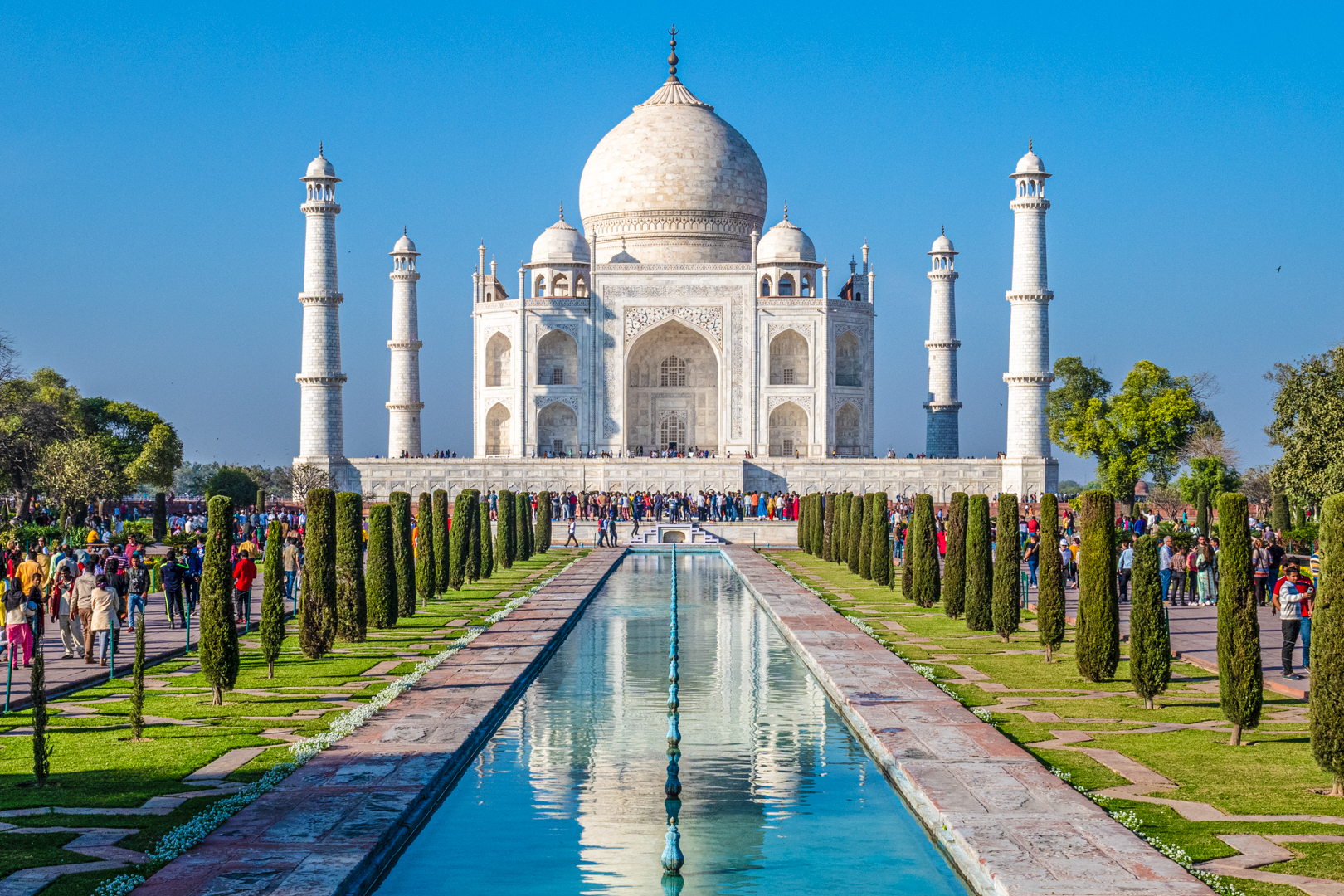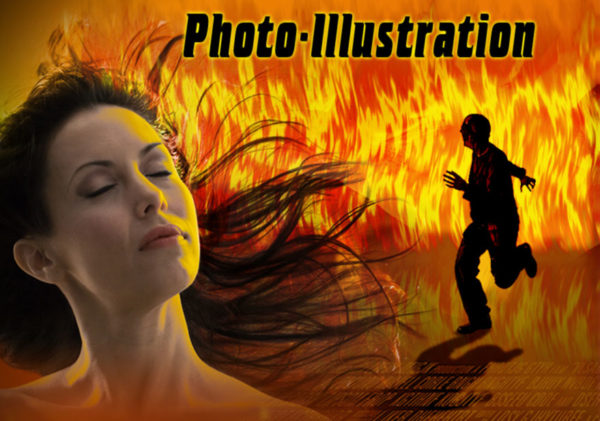and why you should read them…
1. Professional Photoshop: The Classic Guide to Color Correction (5th Edition)
by Dan Margulis
The best book on color correction, period… Color is often the most difficult issue for photographers. Dan has been the authority on digital imaging color for as long as personal computers have been around. Photographers will find this book to be invaluable in mastering color control in their photography and post processing, as well as a source of expert guidance for CMYK printing! An absolutely must-have book for a true conceptual foundation in color and Photoshop!
- .Photoshop LAB Color: The Canyon Conundrum and Other Adventures in the Most Powerful Colorspace
by Dan Margulis
Dan’s latest (and rumored to be his last) book on color – this book breaks new ground in digital color control and enhancement of stock images in general. I use concepts from this book extensively in my 10-Channel Workflow. Both of Dan’s books here are for more advanced users and they’re not exactly bedtime reading (though some people have told me that if they start reading this at night they pass out from over-exertion of their frontal cortex.) You should have a good grasp of Photoshop before you dive into this work but the rewards are worth it! Dan has opened the door to an incredible vista of imaging possibilities with this seminal work. Technically dense but essentially evergreen content that is guaranteed to extend your knowledge of Photoshop to the level of expert!
- Practical Color Management: Eddie Tapp on Digital Photography
by Eddie Tapp, Rick Lucas
Color management is an essential component in any imaging system and is critical for photographers. Unfortunately, though color management is basically a baseline technology, it seems to be unnecessarily complicated to implement well. Eddie Tapp and Rick Lucas ride to the rescue in this book. Rick Lucas has been a color management consultant since the beginning of Colorsync, the Apple technology that has formed the basis of color management used today. He has been there and done that as color management has evolved over the years. Eddie Tapp has been a pioneer in digital photography since the first digital cameras emerged and has been actively involved in education longer than almost anyone I know. Eddie has a unique ability to present complicated material in an accessible way so you don’t feel overwhelmed – this guide to color management offers practical how-to help to navigate the arcane maze of profiles, CMMs and rendering intents to arrive at a system that you can use day-to-day.
- The Creative Digital Darkroom
by Katrin Eismann, Sean Duggan
This is simply a great book on Photoshop techniques for the photographer interested in creative post processing. This is a great book to use to get beyond the basics and into real creative techniques. A lot of basic information is covered as well, but a wealth of very creative applications of Photoshop tools and commands is contained in these pages. Katrin Eismann, the Photoshop Diva, needs no introduction – she has been teaching photography and Photoshop for many years and is one of the go-to people in the industry. Sean Duggan is a fine art photographer and teacher who has blurred the boundary between tradition and digital approaches for some time. He has had a foot in both worlds and this gives him a unique sensibility for creative photography. You will find numerous useful techniques from both these stellar teachers in this book.
Another one of Eddie’s books – this one offers a step-by-step guide to digital photography workflow in a very straightforward package. No overly-complicated technical gobbledygook here… Eddie explains everything and shows you how to assemble a practical photography production system from A to Z
- The DAM Book: Digital Asset Management for Photographers
by Peter Krogh
If you thirst for a comprehensive guide to archiving and backup strategies, Peter Krogh is your man! This is simply the very best book on this important topic. Peter does not skimp on the meat, delivering a thorough examination of the problems and solutions of digital asset management. If you need anything beyond the most basic archive you need to read this book! In fact, I would say that you won’t fully comprehend what it is that you need until you read this book! An absolute must-have for the library of any photographer!
- Real World Camera Raw with Adobe Photoshop CS5
by Bruce Fraser, Jeff Schewe
Another must-have volume! The late Bruce Fraser was a giant in the digital imaging community and his writing has provided a foundation that others have built upon. This book is a fine example – you simply cannot afford to ignore the power of Raw processing for digital camera files and Adobe Camera Raw is the premiere software for the job. Jeff Schewe has built on Bruce’s legacy and is perhaps the best one to continue forward with this essential book on Adobe Camera Raw. Every setting, command and slider is examined in detail and practical techniques for image enhancement are provided for every situation.
- Adobe Photoshop CS5 for Photographers: The Ultimate Workshop
by Martin Evening
Every photographer needs a good Photoshop reference book and one cannot do better than Martin Evening’s book. Everything the photographer needs to know about Photoshop is here and though I’ve listed it as number 8, it should perhaps be your first book. Martin thoroughly explains every aspect of the mammoth application that Photoshop has grown into over the years and it is fortunate for the Photography community that he continues to keep this work up-to-date with the latest versions. No photographer should be without this book!
Lighting is such a critical component of photography that no list should be without some book on that topic. Unfortunately, there are not a lot of good books on the subject. Rick Sammon provides one of the best here. Rick’s signature style of simple, to-the-point instruction delivers a great introduction to the lighting techniques used by professional photographers.
- The Hot Shoe Diaries: Big Light from Small Flashes
by Joe McNally
Last but definitely not least, no photographers library would be complete without this book! Joe is an award winning photographer who has been shooting for all the major magazines for over 30 years! He knows his stuff and is a pioneer in the movement towards creative small flash photography as a location photography solution. Joe’s approach is to examine real jobs in detail – he describes the problems and his solution in detail. You get to see many of his amazing signature images and learn exactly how he achieves his results! This is an invaluable look behind the scenes of a great photographer at work with very humble tools that anyone can afford.
You may have noticed that I didn’t include my own books here. I hope that you’ve already purchased my books by now and if not, you can find the links at the right of this page. I hope that my books will show up on other photography reading lists, but it seems just a little self aggrandizing for me prescribe them here – I would have to knock off 2 titles to bring the list to 10 and I really didn’t want to remove any of these books from the list. So… you can assume that my top 12 books would include my two current editions:
Skin: The Complete Guide to Digitally Lighting, Photographing, and Retouching Faces and Bodies
and
Mastering Exposure and the Zone System for Digital Photographers
These books are all pretty serious and intended for someone who is at least familiar with Photoshop at a basic level. If you are completely new to Photoshop I can recommend the Adobe Classroom in a Book:
Adobe Photoshop CS5 Classroom in a Book
This is a classic program of assignments that includes all the work files and steps you through the essential techniques to gain a modicum of proficiency in Photoshop. Though it is mostly from a designer’s perspective it will give you an understanding of the Photoshop way and give you a good foundation on which to build..








